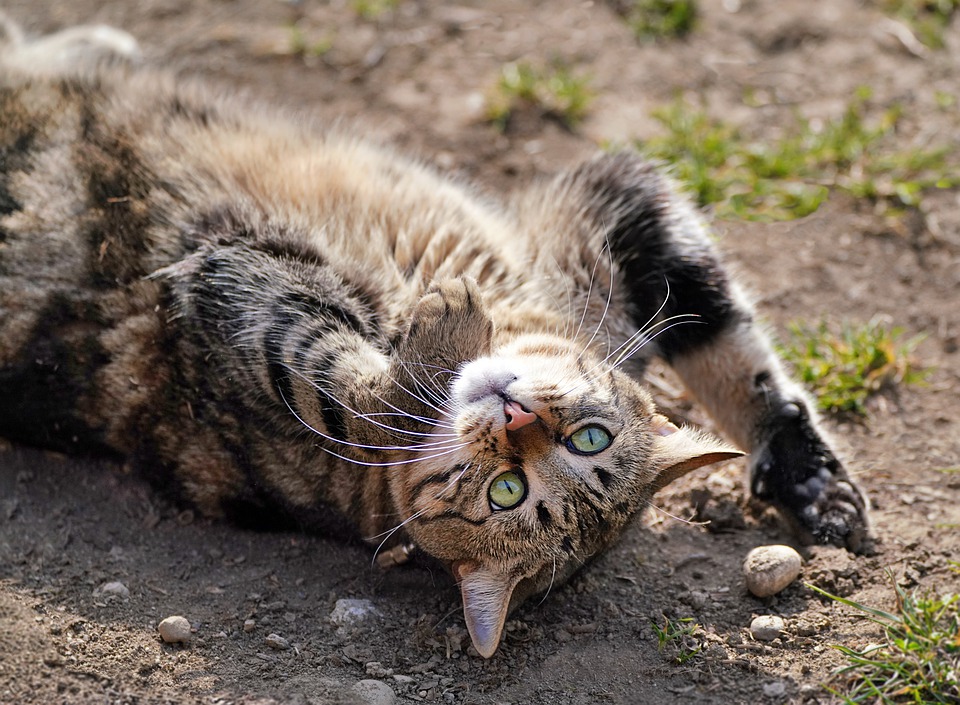Caring for our feline friends involves being attentive to their health needs, including their eyes. Feline eye infections can cause discomfort and potentially lead to serious complications if left untreated. In this article, we will explore the various symptoms, causes, and remedies for feline eye infections. Additionally, we will provide answers to some frequently asked questions to help you better understand and address this common issue.
Feline eye infections, also known as conjunctivitis or pink eye, occur when the conjunctiva (the thin tissue covering the eye surface) becomes inflamed or infected. This condition can be caused by bacteria, viruses, allergies, or other irritants.
One of the primary signs of a feline eye infection is redness and swelling around the eye area. The conjunctiva may appear more prominent and inflamed than usual. Infected cats often develop discharge from the affected eye(s). This discharge may range from clear and watery to thick and yellowish-green, depending on the underlying cause. Feline eye infections can cause excessive tearing, resulting in tear stains around the eyes. Cats may squint or blink frequently due to the discomfort caused by the infection. They may also show sensitivity to light. In severe cases, feline eye infections can lead to corneal cloudiness or ulcers, requiring immediate veterinary attention.
Bacterial infections, often caused by common bacteria like Staphylococcus or Streptococcus, can lead to conjunctivitis in cats. These infections can be transmitted through direct contact with infected cats or contaminated objects. Viruses such as feline herpesvirus and calicivirus are common culprits behind feline eye infections. Cats can contract these viruses through close contact with infected cats or by sharing food bowls or litter boxes. Just like humans, cats can experience allergic reactions that result in eye infections. Allergens like pollen, dust mites, or certain foods can trigger an allergic response, causing conjunctivitis. Foreign objects, scratches, or injuries to the eye area can introduce bacteria and lead to infections.
If you suspect your cat has an eye infection, it’s essential to seek veterinary attention promptly. A professional diagnosis will help identify the underlying cause and determine the most effective treatment plan. Depending on the cause of the infection, your veterinarian may prescribe antibiotics or antiviral medications to combat the underlying bacteria or viruses. Topical treatments such as eye drops or ointments may also be recommended to reduce inflammation and control infection. Gently applying a warm compress to your cat’s affected eye(s) can provide relief and help remove discharge.
While rare, certain feline eye infections can be transmitted to humans. It is advisable to practice good hygiene, such as washing hands after handling an infected cat and avoiding direct contact with their ocular discharge. Mild cases of feline eye infections may resolve on their own, but it is always best to seek veterinary advice. Regularly cleaning your cat’s eyes, keeping their living environment clean, and avoiding potential irritants can help prevent feline eye infections. Routine vaccinations can also protect against viral infections.
Understanding feline eye infections is crucial for ensuring the well-being of our furry companions. By recognizing the symptoms, causes, and treatment options, we can provide timely care and prevent further complications. Remember, if you notice any signs of an eye infection in your cat, consult your veterinarian for a proper diagnosis and guidance.








